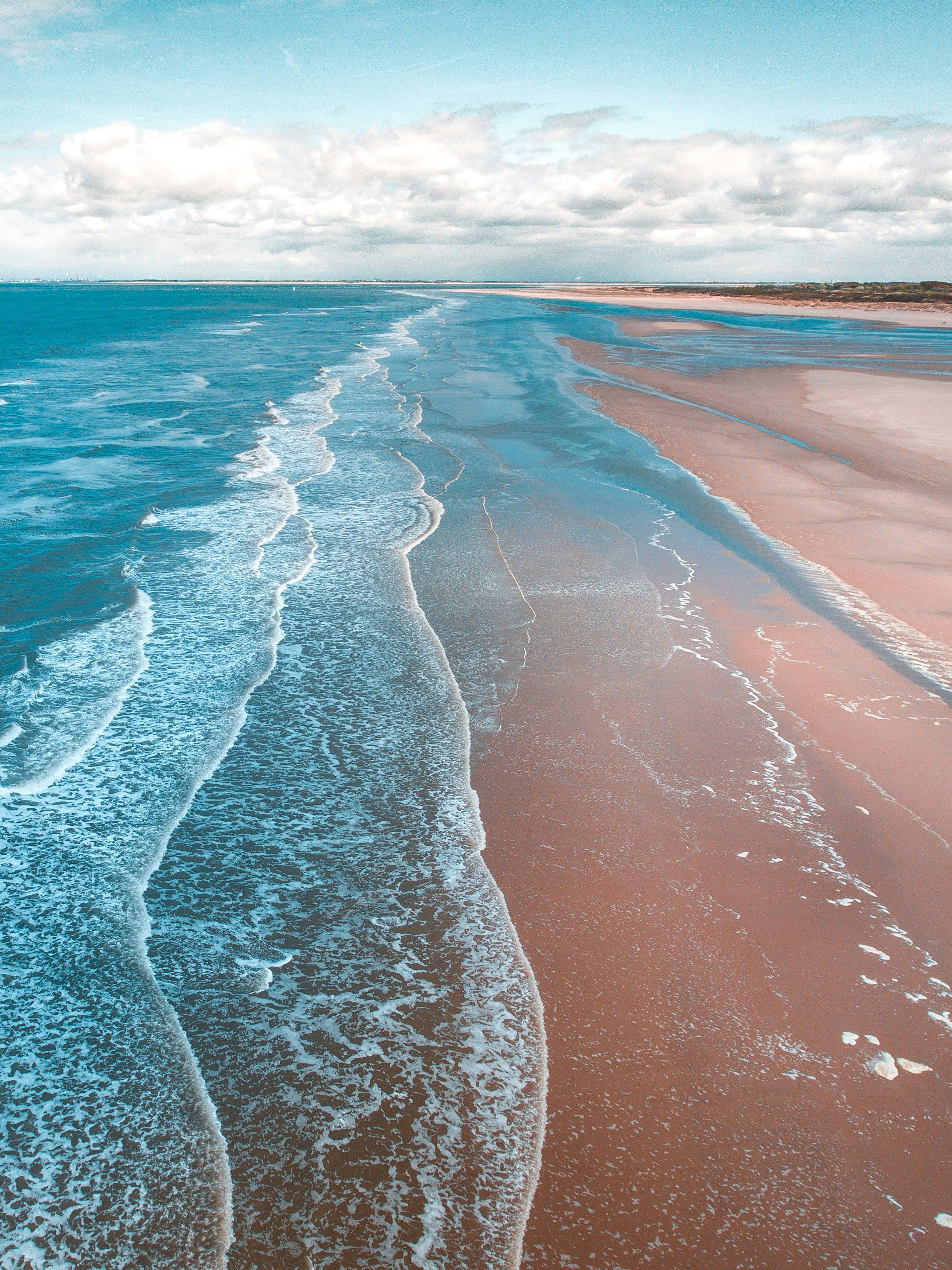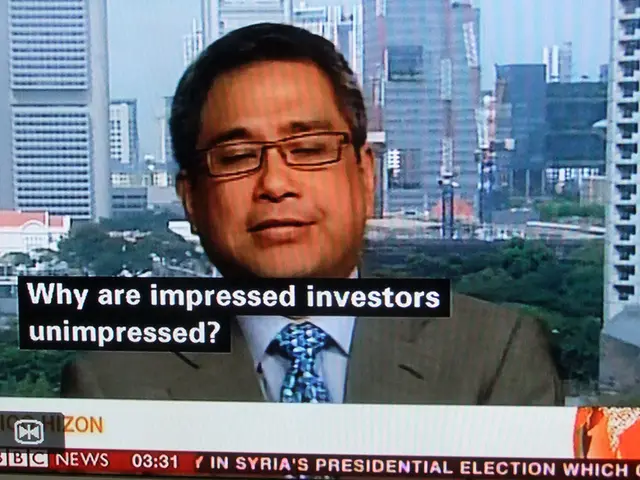Are Cruise Ships Ever Environmental-Friendly? Norway Offers Potential Solutions
Cruise ships may be popular, but they're far from eco-friendly. Traditional vessels burn heavy fuel oil, emit significant greenhouse gases, and depend on intricate global supply chains. But in Norway, a country known for its environmental consciousness and maritime ingenuity, two cruise companies are proving a greener tomorrow might be just around the corner.
With environmental regulations built into government contracts, ships serving Norway's historic Bergen-Kirkenes coastal route are at the forefront of sustainable maritime innovation. Two main players, Hurtigruten and Havila Voyages, are tackling decarbonization in different but equally ambitious ways.
Havila Voyages has already made waves by launching the world's most environmentally friendly passenger vessels, now in operation along Norway's coast. These coastal cruise ferries run on liquefied natural gas (LNG) and battery power, slashing carbon dioxide emissions by up to 40% compared to conventional ships. When powered by liquid biogas, emissions drop by as much as 90%.
Havila is looking to push things even further through the LNGameChanger research initiative. Collaborating with Norwegian technology partners, they aim to develop an onboard carbon capture system using solid oxide fuel cells. This technology would generate electricity from LNG while capturing the resulting carbon dioxide, liquefying it, and storing it on the ship for later offloading at port.
Meanwhile, Hurtigruten is planning the future of cruising with its Sea Zero project. The goal: launch the world's first fully zero-emission cruise vessel by 2030. To achieve this, Hurtigruten is overhauling ship design with a sleek, energy-efficient hull, retractable sails for wind-assisted propulsion, an air lubrication system that reduces drag, and contra-rotating propellers for optimized thrust. Power comes from large battery packs charged with green electricity at ports along the route.
Innovations like these could have far-reaching implications for the entire cruise industry, as Havila's carbon capture system and Hurtigruten's zero-emission prototype set new standards for sustainable cruising. As Norway continues to challenge industries to lower their carbon footprint, these advances prove that a greener future is indeed within reach.
- The future of cruising is being shaped by Norwegian companies, such as Hurtigruten and Havila Voyages, who are working diligently towards decarbonization, striving for a more sustainable maritime industry.
- With innovative solutions like liquefied natural gas (LNG) and battery power-driven vessels, Havila Voyages is contributing to the reduction of greenhouse gases in the cruise industry, making significant strides towards a greener future.
- Leveraging environmental science and technology, Hurtigruten is aiming to launch the world's first zero-emission cruise ship by 2030, a groundbreaking move that aligns with Norway's commitment to reducing carbon emissions across various sectors, thus promoting a lifestyle that values sustainability and the environment.





